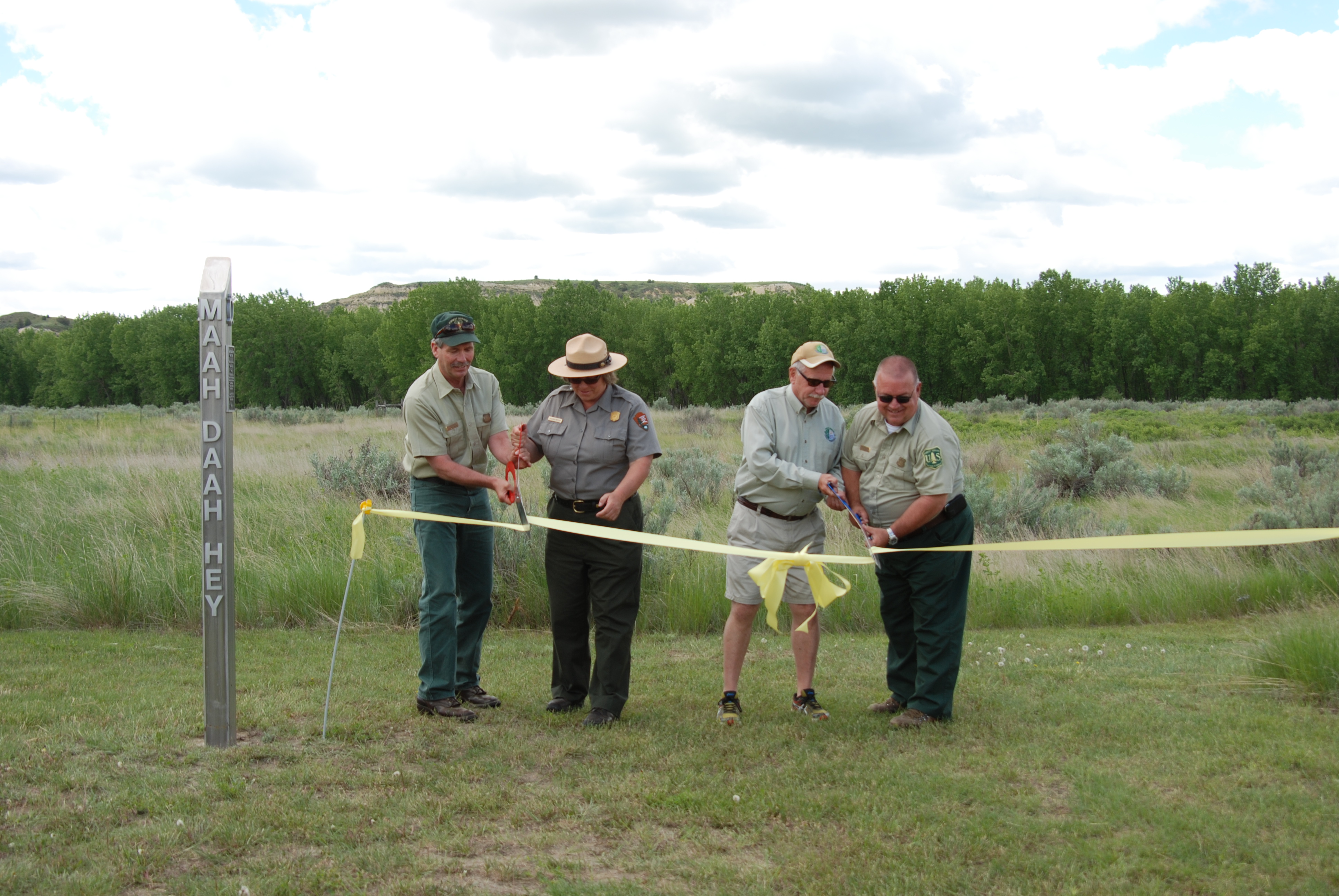Special Places
Dakota Prairie Grasslands offers many natural attractions to visitors. Each grassland provides a unique experience.
The Sheyenne National Grassland is the largest intact tallgrass prairie in the upper Midwest in public ownership. Less than one-tenth of one percent of all tallgrass prairies in North Dakota is still intact, while just one percent remains nationwide. No other major ecosystem on the North American continent has been so fully altered since European settlement. To view an ungrazed portion of the prairie, visit the Fritillary Prairie (Biesterfeld Meadow) or Viking Prairie. The best time to view tallgrass prairie species is in the fall (late August through October) when the warm season grasses have matured.
Directions to Fritillary Prairie (Biesterfeld Meadow): Travel about three and one-quarter miles south on County Road 54 (141st Avenue SE) from Highway 27. Stop at the first approach south of the North Country Trailhead. You can park at the gate, hike in, or drive east on the two-track trail for a half mile. You’ll come to a second gate where you can park and explore the Fritillary Prairie, which is 80 acres located east of this gate.
Directions to Viking Prairie: From Highway 27, travel five miles north on Highway 18. Turn east on 62nd St SE and go one mile to an approach where you can park your vehicle. Viking Prairie is 160 acres to the northeast of the approach.
The Denbigh Experimental Forest is one of a kind, with no other areas like it in the Northern Great Plains. The history behind this unit helps tell the story of the Dust Bowl and highlights the conservation efforts resulting from that period.
Highlighted Areas
Initial Rock
Custer's three camps are marked along the way, and at one camp on the evening of May 28, 1876, the initials of two of the privates were carved on a sandstone boulder now known as Initial Rock. This was Custer's one-way route to his demise at the Battle of the Little Bighorn.
Custer Snow Camp
Custer's Snow Camp was named for a unexpected snowstorm that dropped 6 inches of white sloppy snow on May 30, 1876 delaying Custer and his men for three days.


